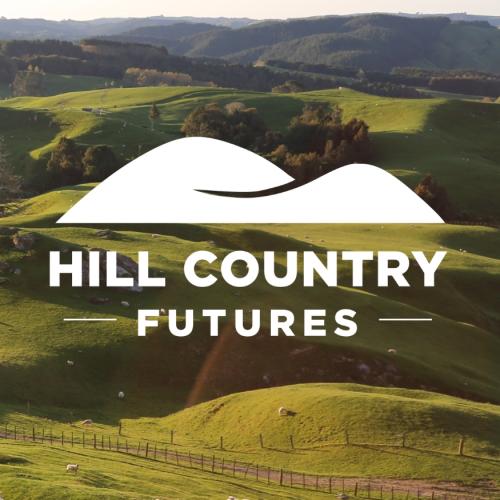Search results
Displaying 511 - 520 results of 1226
- News… and Brussels. Below are some insights gathered from conversations with key stakeholders. … challenges facing domestic supply and the US sector’s nominal political capital, pursuing … leaders have been usurped by long time anti-meat advocates leaving science-based …

- News… telling the Government that New Zealand must reduce its reliance on forestry offsets, in … impacts on the atmosphere. However, the sector is disappointed at the lack of … farmers have already achieved significant reductions. “While we acknowledge the …

- News… The Primary Sector Climate Action Partnership – He Waka … we grab this opportunity and develop a credible alternative framework as the … This levy would calculate emissions at the meat, milk, and fertiliser processor level, …

- Resource book… both islands both islands self shedding meat breed capable lambing 3 times 2 years … crossed romneycorriedalemerino crossbred commercial ewes prime lamb production … islands mainly north island good sire crossbred lambs hardy wool typemedium hard wearing …
- Factsheet… easier achieve high lwg flat easy contoured land compared steep land good quality pastures essential … improvements feed conversion efficiency meat quality less pugging damage fewer big …
- PodcastDr. Nathan Odgers (Manaaki Whenua Landcare Research) talks about how knowing their soil temperature and moisture levels helps …

- External resource… agronomic genetic climatic drivers resulting reduced profitability crop poor fertiliser … nutrients assessment treatments required stabilise productivity profitability key … finishing beef winter feeding sheep deer sectors range trial yield trials 138 279 dmha …
- News… of months caused by the country being in the red traffic light level, and by the spread of … Trading Scheme (ETS), working with other sector groups. Our key priorities are: … for farmers to be recognised for progress on reducing emissions, and money raised being …

- Subject page… This calculator was funded by the Red Meat Profit Partnership (RMPP) and B+LNZ. More … warming B+LNZ does not agree with the methane reduction targets set out in the Zero Carbon …
- Industry data… sheep beef farming farm classes defined ordered extensive intensive island north island … available owneroperator freehold unencumbered farm after allowance has been made labour … 115 120 total expenditure 0 10 20 30 total meat production kgha sheep beef deer 0 20 40 …